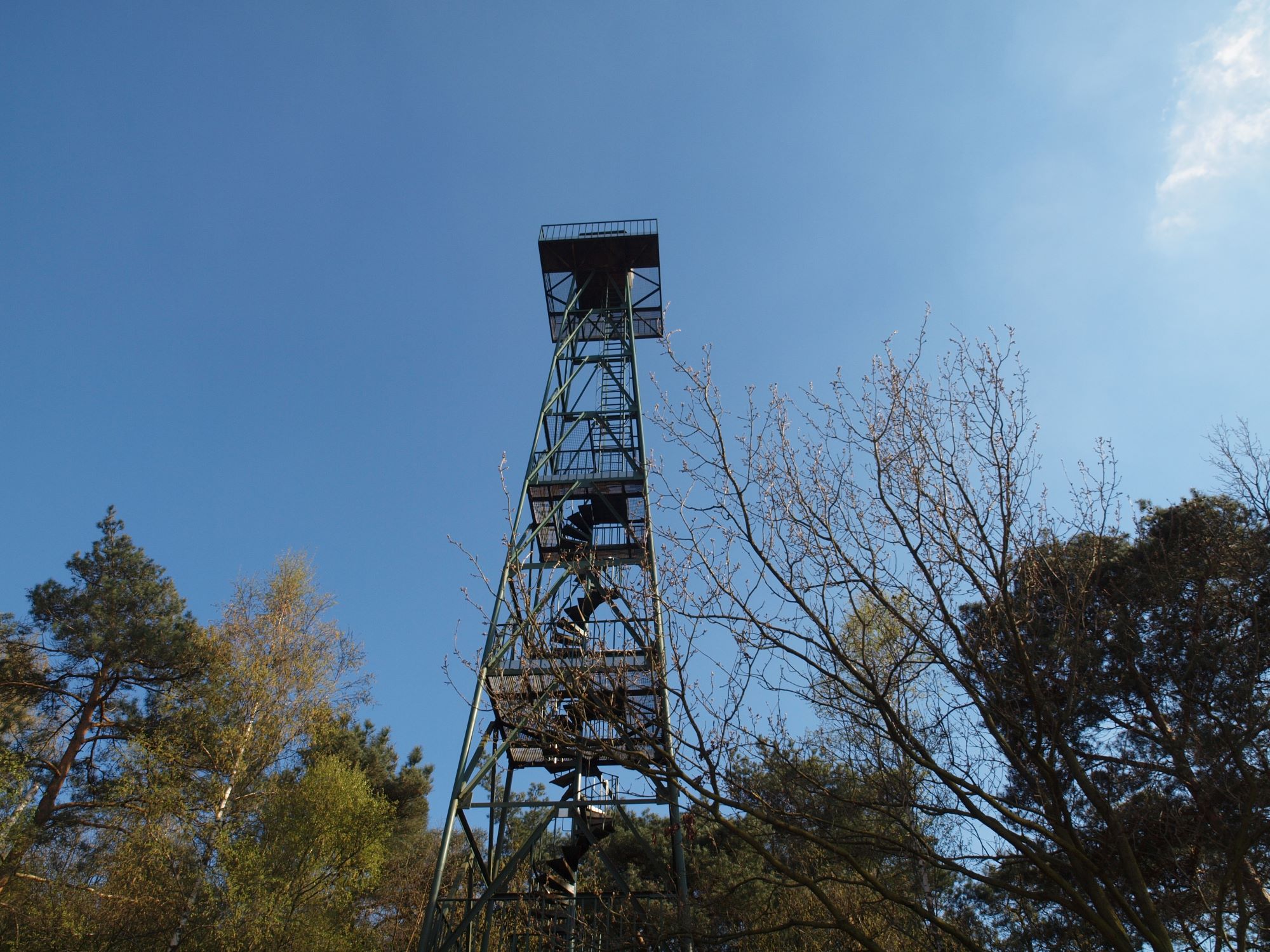Experiencing Nature
This project investigates how tourists and residents experience nature areas - and in particular built elements in them - to investigate to what extent a visit to nature influences support for nature and environmental conservation.
Cause
It is generally accepted that connection with nature positively influences individual well-being and quality of life. Stimulating visits to nature is therefore a generally accepted policy goal that is further reinforced by an assumed wider acceptance of environmental objectives by nature visitors. But visiting nature areas also has a potentially disruptive effect on that nature. With certain built facilities, the visit can not only be stimulated but also spatially controlled. This requires more in-depth knowledge of visitor behavior.
Goal
The project aims to investigate how visitors (both tourists and residents) experience nature areas and the built elements in them and what emotions a visit evokes. This should provide a better understanding of the (emotional) value of experiencing nature, the background characteristics of the visitors and the effect on the quality of life and provide elements for the further development of nature areas. It is also being investigated whether there is a difference between residents and visitors from further afield and whether they allow themselves to be steered towards more environmentally conscious behaviour. The research focuses on seven questions:
- How do visitors experience protected natural areas during their visit?
- How do nature experiences differ according to the lifestyle and living environment of visitors?
- Do visitors experience nature areas with buildings differently when a) buildings are in sight, b) buildings are not in sight, and c) when the visitor is in or near the buildings?
- Do visitors to nature areas with architecturally designed buildings have a different experience than visitors to nature areas with only elementary buildings?
- Do built elements make a difference in environmentally friendly behaviour, and to what extent is this effect, if any, mediated by experience?
- How do the above effects differ for tourists and residents?
- What is the perception of the development of tourism and the effects on nature areas, especially among residents, and are these related to the quality of life?
Relationship with other studies/CDA
This project fits within two themes of the Conscious Destinations Agenda: Living Environment and Leisure Supply. From the perspective of the living environment, it is about how nature areas can best be preserved for future generations. From a leisure point of view, this project is interesting to investigate how visits to nature areas can best be facilitated. The project builds on earlier research into Van Gogh, which investigated where a better or less good experience was measured. In this project, the method used there is refined by making it faster, simpler, and applicable in more contexts.
Approach
Central to the research is the study of visitors to two nature areas. The goal is to recruit a total of 120 participants in three days. Their demographic data, the proximity of the researched nature area, the perceived effects of tourism (for residents) and basic emotion and life satisfaction are measured by means of a basic questionnaire. During their visit, their location-psychological data is accurately recorded. To this end, the visit is spatially tracked with a smartphone and the emotion is measured with a wristband that records skin conductance and heart rate variability. At the end of their visit, participants are asked to report their emotions during the visit, evaluate the experience, intent to recommend and share the natural beauty experienced. In addition, satisfaction with life and the impact of the experience (mindful, memorable, meaningful, transformative) are also asked. Finally, they receive a folder for more sustainable behavior in daily life and it is measured after a week whether they have followed it. The latter survey also examines whether the visit has had lasting effects on emotions and life satisfaction.
Partners
- Breda University of Applied Sciences
- NHL Stenden University of Applied Sciences
- Staatsbosbeheer
- Zuiderwater Linie
- Marketing East
- Sallandse Heuvelrug
Project team
- Ondrej Mitas (BUas)
- Ben Wielenga (NHL Stenden)
- Wilco Boode (BUas)
Planning
March 2023 – December 2023
Status
Completed
Download Experiencing Nature, Final Report
Focus on Core Web Vitals and user-centric performance metrics for better search rankings and user experience.
Download


